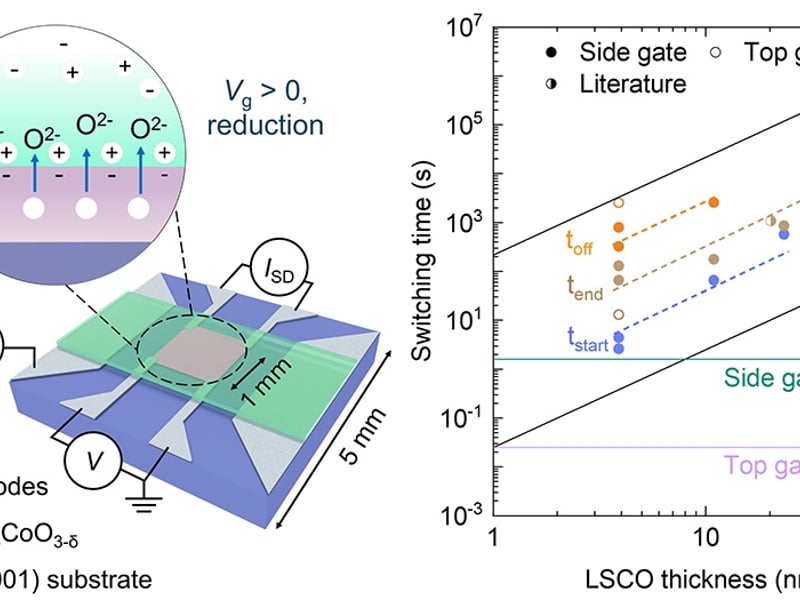20
Current Centers
1,000+
Current Trainees
1,000+
Publications Per Year
1,500+
Patents Awarded
Advancing Materials Research for a Better Future
Explore the World of Materials Research

Pushing the Limits of Ionic Control of Materials: University of Minnesota’s MRSEC Makes Breakthroughs in Electrolyte Gating
By MRSEC Web Team

Delaware MRSEC Offers High Schoolers a STEM-Filled Summer
By Divya Abhat, MRSEC Web Team
Last summer, 12 high school students were challenged to identify a mystery polymer. As part of a summer internship—now in its second year—they visited the chemical giant Chemours where they gained access to high-tech lab equipment rarely open to the public and were provided with relevant clues and tests to help solve the puzzle. It’s as hands on as it gets and gave this young group valuable exposure to the world of STEM.

Unlocking the Potential of Bottlebrush Polymers: A New Frontier in Self-Assembly
By Divya Abhat
In the world of materials science, researchers are constantly seeking new ways to create more efficient, durable, and adaptable materials. One promising avenue is the study of bottlebrush block polymers, a unique class of macromolecules that self-assemble into intricate nanostructures. Researchers at the University of Minnesota have been at the forefront of this research, uncovering new possibilities for these polymers and their applications.

An Inexpensive, DIY Setup Recycles Precious Liquid Helium in the Lab





